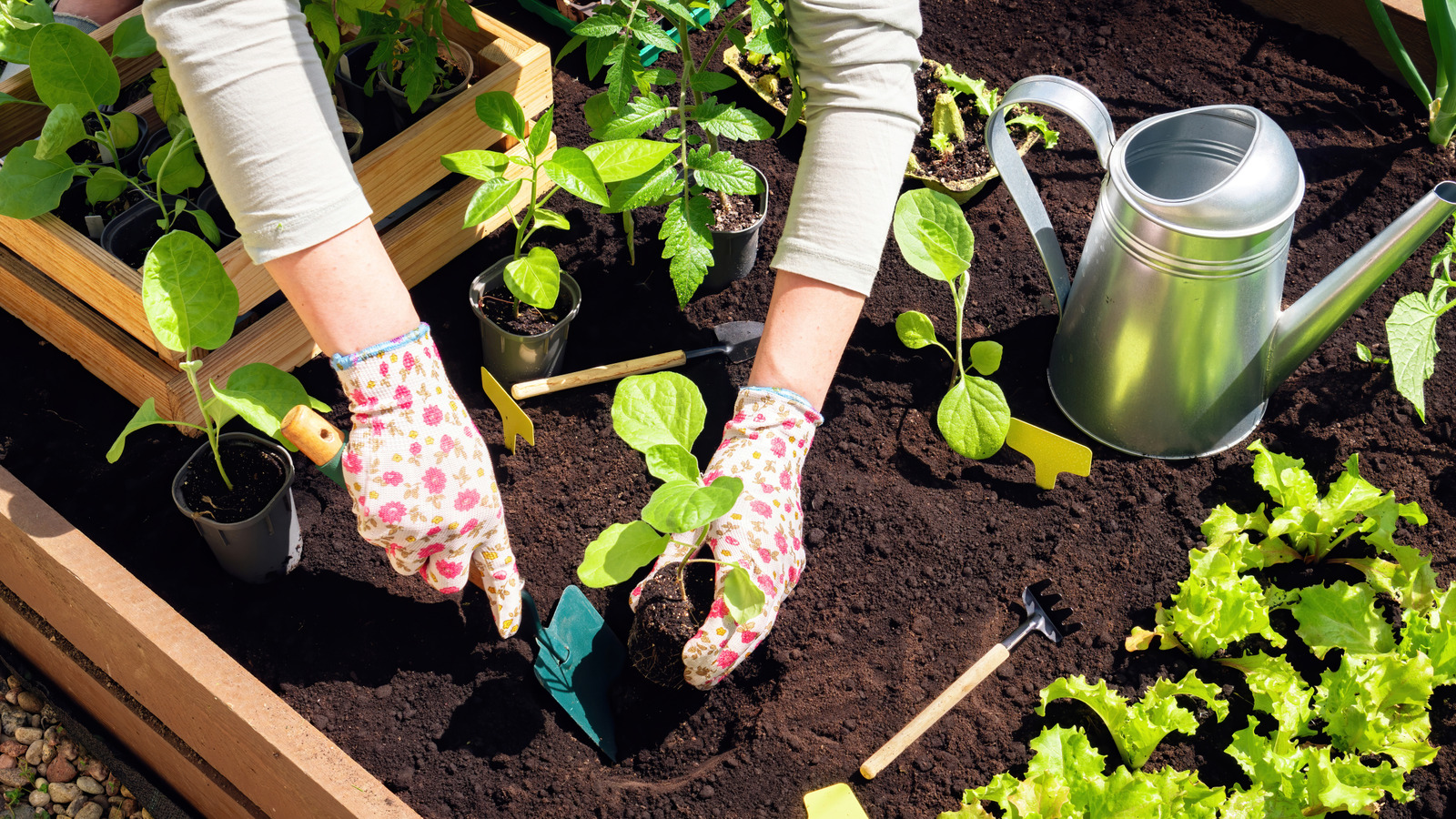As spring comes into full bloom, many of us are in full planning mode, dreaming about this year’s vegetable garden. Funnily enough, one of the biggest mistakes we tend to make when planting is being too optimistic. You’ve never liked chard before but fully believe you’ll eat it if it’s homegrown. You’ve planted a giant heap of rosemary bushes, even though you hardly ever use the herb. See the problem? The first thing you must consider when planting a veggie garden are your preferences and eating habits: How many veggies do you eat per week? Which ones are the favorites? Get a realistic picture of which vegetables are frequently in rotation to avoid overplanting or filling up the garden with items you don’t even like to eat.
It also pays off to do a little bit of research into how much harvest you can expect from a single plant. There are many simple summer veggies to grow at home, but not all of them produce at the same frequency. Most of us are just hobby gardening and therefore only working with a simple fridge, freezer, and pantry. Your harvest will have to be stored somewhere, as you won’t be able to eat it all at once. Set objective, non-idealistic goals and plant in alignment with your actual needs. Even if you realize mid-season that you haven’t planted enough, there is still time to pop a few more seedlings into the ground.
Don’t plant everything at once — practice succession planting instead
The temptation to plant all of your seeds and seedlings at the same time is strong, but in the long run it doesn’t pay off. You’ll have too much harvest at once, and afterward your garden will be completely empty despite the still-ongoing growing season. To make sure this doesn’t happen, plant your veggies in succession so that you constantly have just the right amount of harvest. Lettuce, spinach, carrots, and several herbs, for example, can all be planted at different stages of the growing season. You can replant on a bi-weekly or monthly basis. As you enjoy one harvest, you’re already ensuring the next one. This method also creates space for plenty of variety throughout the year, such as allowing you to grow different types of lettuce.
The final thing to consider for a realistic veggie garden is the budget. Buying live seedlings can get quite pricey, so it’s better to start your own seeds if you’re working with a tighter budget. It takes longer to grow a plant from seed, yes, but on the flip side, you get to start the season a little bit earlier. You’ll also find that some veggies and herbs only need to be planted once because they’re perennial — they’ll come back year after year on their own. One such example are chives, which have many fun uses in the kitchen.






